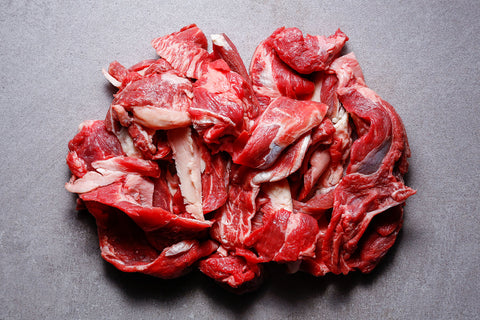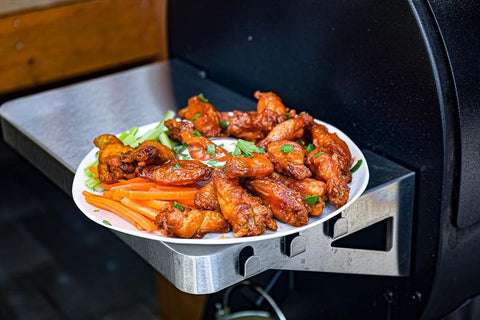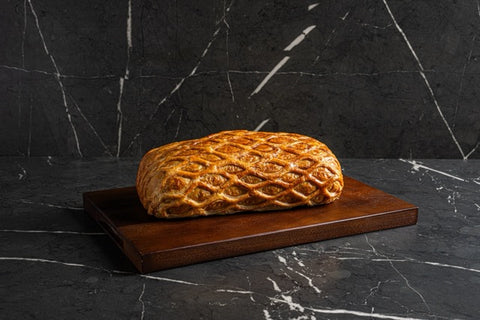Beef trimmings are an important part of the meat industry. They are often used to make ground beef, a staple in many households. These trimmings comprise the remaining pieces of meat that cannot be used for other cuts, such as steaks and roasts. While they may not be as visually appealing as other cuts, they are still edible and can be used in a variety of dishes.
Beef trimmings are a versatile kitchen ingredient. They can make soups, stews, tacos, and many other dishes. They can also be rendered into beef fat, which can be used for cooking and frying.
While some may be hesitant to use beef trimmings due to their association with processed foods, they can be a cost-effective and sustainable way to use all parts of the animal. When properly handled and cooked, beef trimmings can be a delicious and nutritious addition to a variety of meals.
Culinary Uses of Beef Trimmings: From Homemade Ground Beef to Sausages Beef trimmings have many culinary uses. One of the most common uses is to make homemade ground beef. Many home cooks prefer to make their own ground beef because they can control the fat content and the quality of the meat.
To make ground beef, beef trimmings are typically ground through a meat grinder or food processor. This process produces a coarser texture than store-bought ground beef and can add more flavor to dishes such as meatballs, burgers, and tacos beef.
In addition to ground beef, beef trimmings are also used in the production of sausages. They are often blended with other cuts of meat and spices to create a unique flavor profile. Sausages made with beef trimmings can range from mild to spicy and are often served with a variety of toppings and condiments.
Another culinary use of beef trimmings is rendering the fat for cooking purposes. Beef fat, also known as tallow, has a high smoke point and can be used for frying, sautéing, and roasting. It can also be used as a spread for bread or as a flavor enhancer in dishes such as mashed potatoes.
Rendering beef fat from beef trimmings is a simple process that involves heating the fat over low heat until it melts and separates from any impurities.







